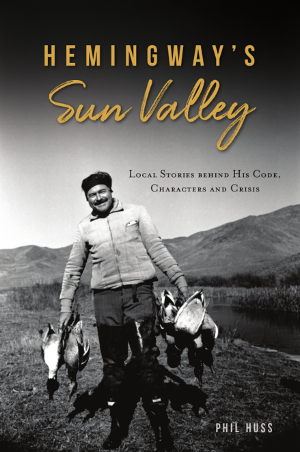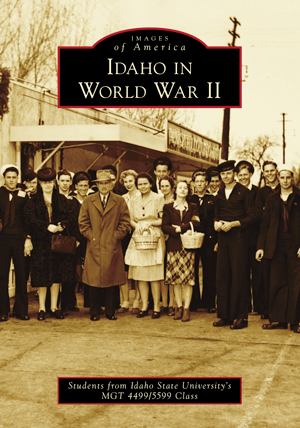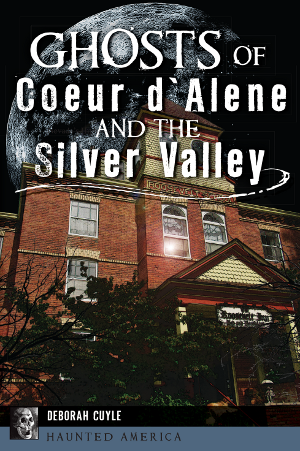
In 1939, Ernest Hemingway made his first visit to Idaho’s Sun Valley. “A hell of a lot of state, this Idaho,” he told a companion. The famous author had just finished a pronghorn hunt. Now he was taking in the Sawtooth Valley and the headwaters of the Salmon River. “You’d have to come from a test tube and think like a machine,” Hemingway said, “not to engrave all of this in your head so that you never lose it.”
And that’s the thing: for the remaining twenty-two years of his life, before he committed suicide in 1961, Ernest Hemingway never lost his love for Idaho and its landscape.
Hemingway’s Philosophy Of The Outdoors

Hemingway was not an environmentalist, as the term is defined today, for he did not act upon the preservation of wild places much beyond his desire to be able to visit intact ecosystems in which to hunt or fish.
However, Hemingway did have a deep appreciation for the natural world and was a keen observer of nature. He valued nature by developing an appreciation of nature’s beauty, intricacy, and wholeness as therapeutic.
Related: 8 Books For The Literary History Lover
He also valued nature as an arena upon which to project one’s ethical code — something you can see in his wonderful writings. The characters in his stories and novels either demonstrated that they could or could not follow unspoken hunting and fishing codes of conduct, and their actions outdoors revealed much about their inner lives.
Think of Robert Jordan in For Whom the Bell Tolls, relishing the false dawn of morning before blowing up the bridge. Or think of Hemingway himself in Green Hills of Africa, “looking at the thick bush we passed in the dark, feeling the cool wind of the night and smelling the good smell of Africa.”
The Sun Valley’s Special Place

Hemingway sought out these natural sensations around the world. He fished off Key West and in his beloved Cuba; he skied the backcountry of the European Alps.
But Idaho was a special place for him. He loved the awe-inspiring feeling of participating in the intact ecosystems of wild places, and the Sun Valley offered many such places.
One of the people Hemingway hunted with was Gene Van Guilder, a publicist for the Sun Valley Resort. After Van Guilder died tragically from an accidental gunshot in a canoe, Hemingway wrote his companion’s eulogy.
“He loved the warm sun of summer and the high mountain meadows, the trails through the timber and the sudden clear blue of the lakes,” the author wrote. “He loved the hills in the winter when the snow comes. . . . He loved to shoot, he loved to ride and he loved to fish. Now those are all finished. But the hills remain.”
Hemingway’s End

Hemingway could have been describing his own relationship to nature. But despite his inspiring surroundings, he didn’t do much writing in his last years in Idaho. When he said, during his first visit, that only someone who would “think like a machine” would forget the grandeur, he was being unknowingly prescient.
After all, it was a machine — the electroshock treatment machine used to treat his depression at the Mayo Clinic — that would rob Hemingway of his ability to recall, to think, and, consequently, to write in his final years at Sun Valley.
What to learn more about Hemingway and Sun Valley? Check out Hemingway’s Sun Valley: Local Stories behind his Code, Characters and Crisis and other similar titles at arcadiapublishing.com!




